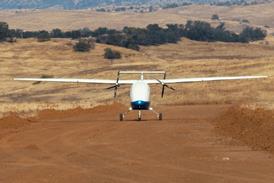Norway’s SHT air accident investigation body is focusing its probe into the fatal crash of an Airbus Helicopters H225 on the “robustness” of design requirements covering a crucial component in the main gearbox.
“At the present time, the primary focus of the investigation is certification aspects of the main gearbox and the robustness of past and present design requirements,” it says in an investigation update issued on 2 February.
SHT points out that the cause of the 29 April 2016 crash, while still not fully understood, has “strong similarities” with the destruction of an Airbus Helicopters AS332 L2 in 2009 off the coast of Scotland.
“This includes the follow-up on safety recommendations issued by the [UK Air Accidents Investigation Branch] in connection with the accident involving G-REDL and continuing airworthiness of the gearbox,” it says.
SHT’s investigation has indicated that the crash was a result of a fatigue fracture of a second-stage planet gear in the H225’s epicyclic module, which caused the main rotor to separate from the helicopter. However, the underlying root cause has still to be identified.
“It appears that the fracture propagated in a manner which was unlikely to be detected by the mandatory or supplementary systems intended for warning of an imminent failure,” it says.
SHT says the complexity of the investigation means it cannot provide a timeframe for the completion of its report. However, a further interim update will be issued on 29 April.
A total of 13 passengers and crew were killed when the H225 (LN-OJF) came down on the island of Turøy on Norway’s west coast.
The H225 and AS332 L2 remain grounded in Norway and the UK, with as few as 10% of Super Pumas in oil and gas transport roles currently in service.
Source: FlightGlobal.com



















